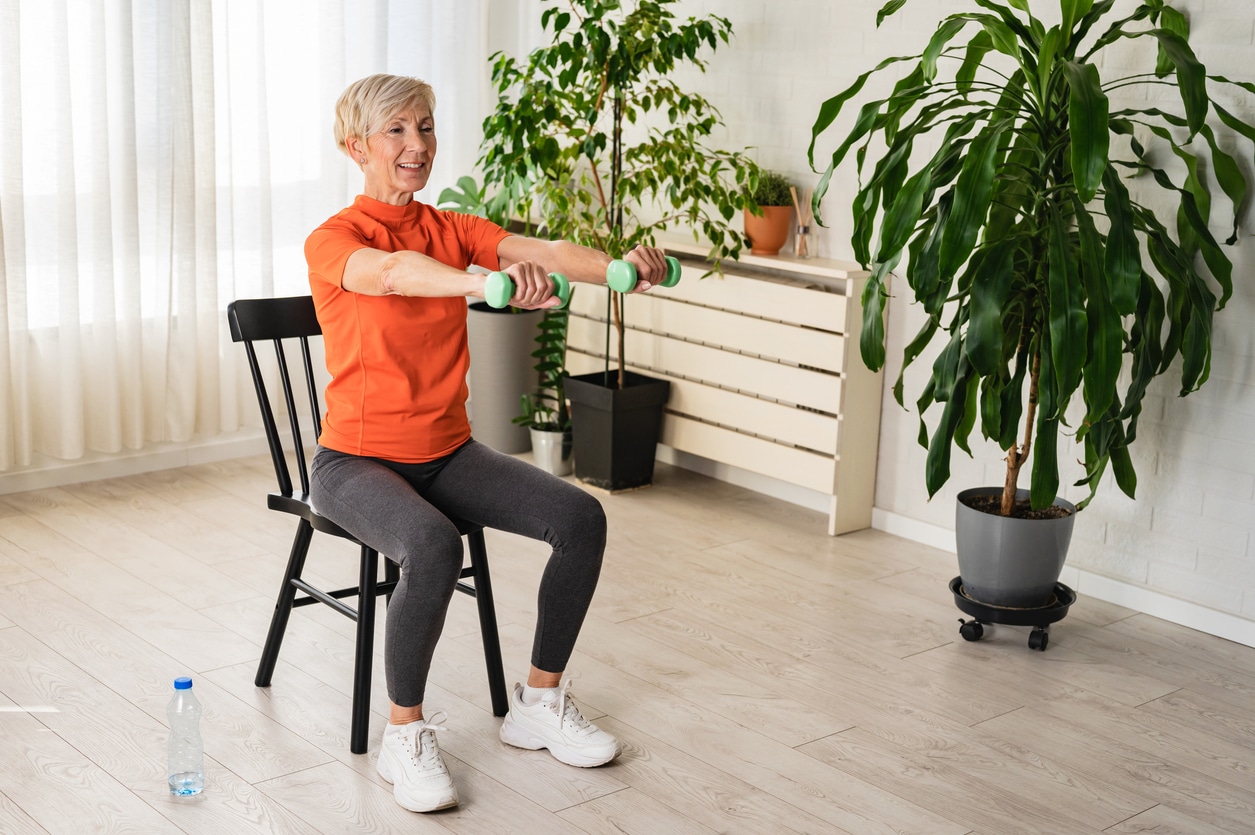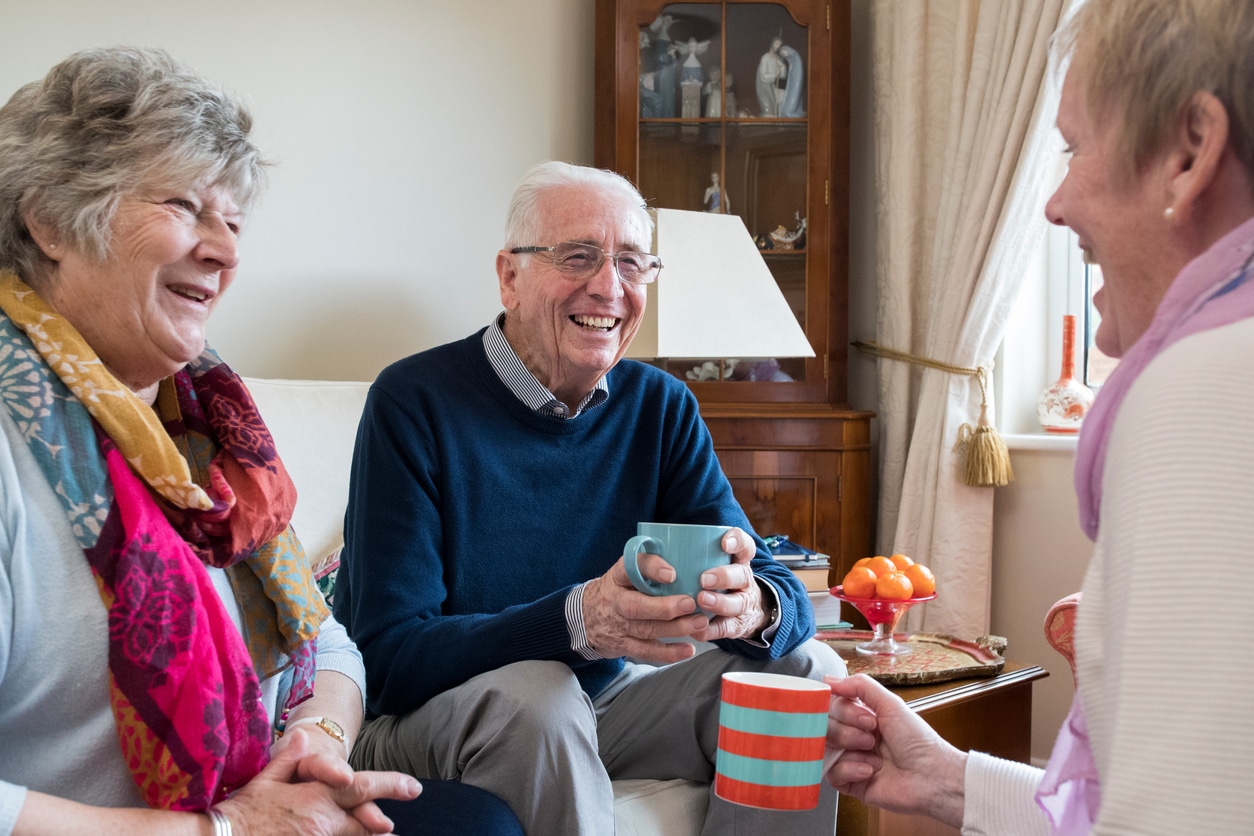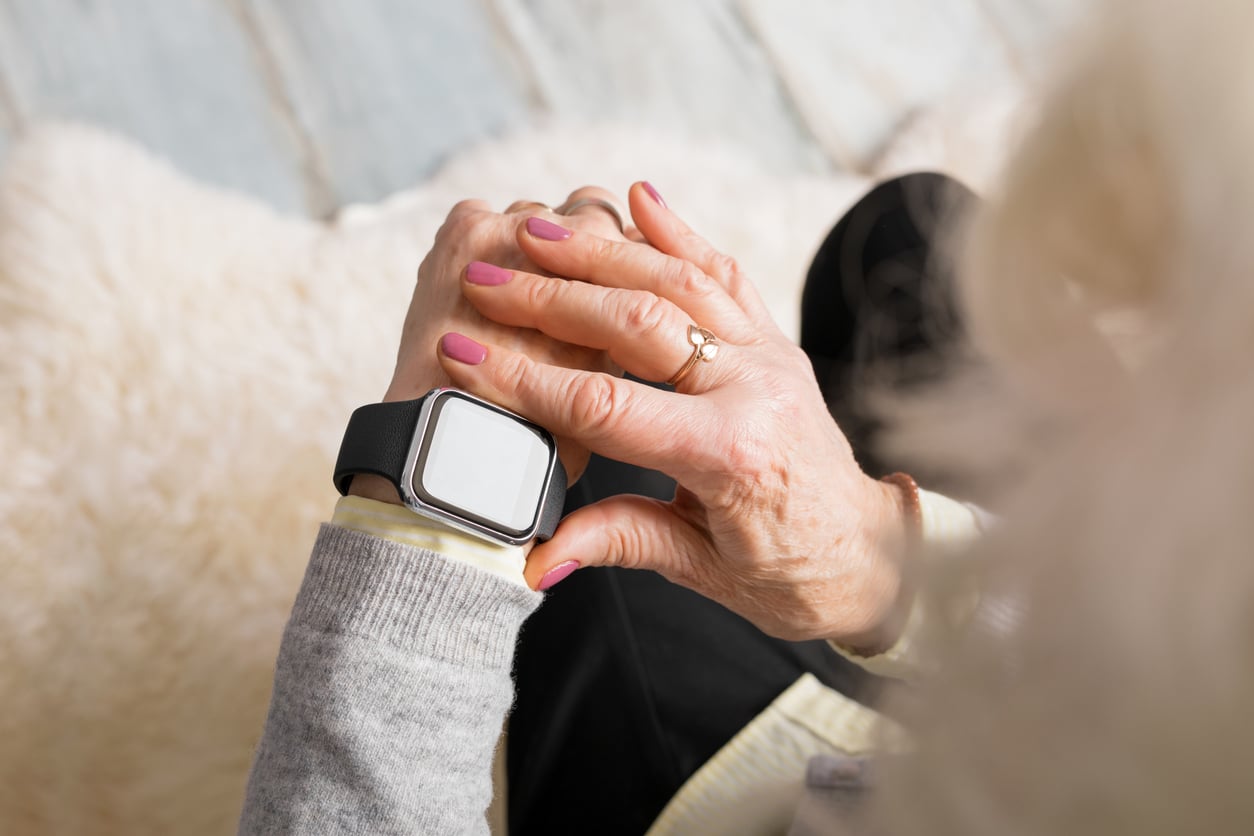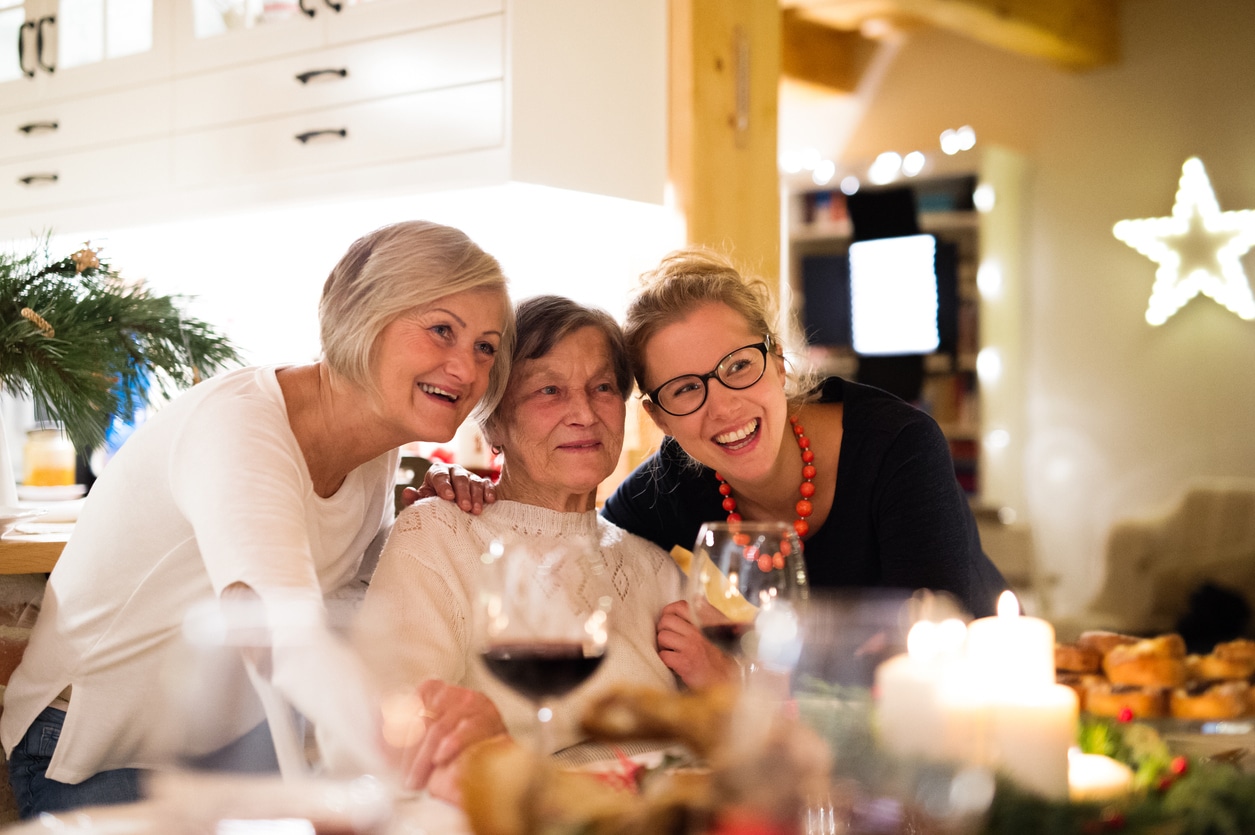If your mood and energy level sink when the days get shorter, you may have Seasonal Affective Disorder (SAD).
Charla Anderson, Texas regional director of clinical operations at Oceans Healthcare, says SAD is “sadness or depression that typically lasts during the winter months and usually improves at the start of spring.”
While the causes of SAD aren’t completely understood, it’s clear the condition is triggered by reduced exposure to sunlight, which may reset our internal clocks and hormones. SAD affects women more than men, but, again, we don’t yet know why.
Different than the “winter blues” many of us feel when the days are darkest, SAD is a serious condition that should be treated by a professional.
Common Seasonal Affective Disorder Symptoms
Any of SAD’s symptoms – and combinations of them – could be caused by other physical and psychological conditions. If you experience any of these symptoms, contact your healthcare provider:
- Aches and pains you can’t explain
- Anxiety
- Cravings for carbs, sweets and starches
- Decreased focus and concentration
- Extreme fatigue and lack of energy
- Despair
- Increased drowsiness or sleepiness
- Irritability or angriness
- Loss of interest in socializing and usual activities
- Low self-esteem
- Reduced sex drive
- Sadness
- Trouble sleeping or getting back to sleep
- Weight gain
If you feel suicidal or hopeless, reach out for help now by calling 9-1-1 or the National Suicide Hotline at 800-273-8255.
Seasonal Affective Disorder Treatments
Your doctor may prescribe one or both of these SAD treatment options:
Bright Light or Phototherapy:
These special fixtures create intensely bright light (10,000 Lux) that can lower your body’s desire to release melatonin, and help you feel more alert and less sad. Don’t use light boxes without a doctor’s OK as they can cause hypomania or other problems. Dawn simulators, which mimic the light of the rising sun, can help you wake up more easily during those dark winter mornings – and help you start the day in a better mood.
Cognitive Behavioral Therapy:
This instructive form of therapy teaches you techniques to reduce negative behaviors, mindsets and thoughts so you can deal more effectively with feelings, stress, pain and more. Studies show CBT can be very helpful in managing SAD.
Beyond these formal treatments, there are other things you can do to ease SAD symptoms. These tactics are also helpful for people who haven’t been diagnosed, but may have the “winter blues”:
Improve interior light.
You can get additional benefits by improving the practical and natural lighting in our home or office. “Since lack of sunlight exposure may be the cause, it’s important to stay around windows and bright lights to lessen triggers or symptoms,” Anderson says. Keep windows uncovered, and equip lamps with special bulbs that mimic sunlight but filter UVA rays.
Get moving.
Physical activity has multiple benefits for people with SAD. Exercise helps address the weight gain often associated with the condition. And being active reduces stress by releasing endorphins and serotonin, and by reducing your heart rate. Check out these low-impact exercises.
Participate in hobbies and experiences.
Participating in hobbies and activities you enjoy, and maybe even trying something new, is good medicine. Creative pursuits can be especially beneficial, says Deborah Shouse, author of Connecting in the Land of Dementia: Creative Activities to Explore Together. “Exploring your creative nature can relieve stress, increase socialization, and bring a sense of discovery to every-day life,” she explains. “Experiment with art apps that invite you to touch the screen and bring colors to life. Program an iPod or listening device with your favorite songs and sing, hum and dance along while your spirits soar.”
Go outdoors.
Even if it’s overcast, you get some relief from SAD just by being outside for a few minutes of daylight every day. Just sitting on the porch can improve your mood and energy, but when you combine exercise with your outdoor time, you get twice the benefit!
See more: Spend More Time Outside
Learn how to stay safe on the go.
Reduce stress.
Keeping stress at bay reduces the impact of depression, anxiety and sleep loss. Find a few minutes each day for quiet time, meditation or yoga; or ask for assistance with tasks or issues you’re worried about.
Eat better.
It’s okay to indulge cravings with a small portion, but you’ll get better results from eating healthier foods like oatmeal, walnuts, omega-3-rich fish, and bananas. Bonus: Healthier eating also helps manage your weight.
See more: Aging Well: Best Foods for Brain Wellness
See more: Recipes for Tasty Low-Sodium, Healthy Food
Be social.
Staying connected (or reconnecting) with friends and family is crucial to keep your spirits up. “Much data has suggested that better physical, cognitive and mental health is associated with social engagement,” says Jennifer FitzPatrick, social worker and author of Cruising Through Caregiving: Reducing The Stress of Caring for Your Loved One. “Technology like e-mail and social media can help older adults stay connected to those they don’t see or talk to as often as they’d like.”
Seasonal Affective Disorder responds well to intervention. Talk to your care team about the seasonal changes you experience so you can be more upbeat, focused and energetic all winter long.
Don’t disregard professional medical advice, or delay seeking it, because of what you read here. This information is not intended as a substitute for professional consultation, diagnosis or treatment; it is provided “as is” without any representations or warranties, express or implied. Always consult a healthcare provider if you have specific questions about any medical matter, and seek professional attention immediately if you think you or someone in your care may be suffering from a healthcare condition.




